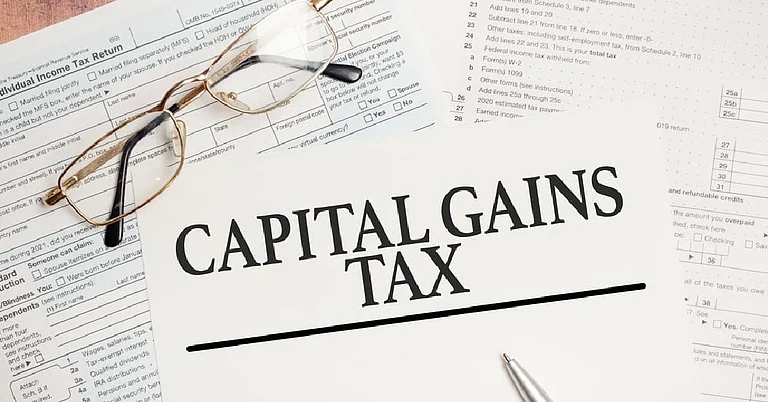The central government is mulling over putting a stop to the Sovereign Gold Bond (SGB) scheme, citing inflated borrowing costs related to the investment instrument.
Finance Minister Nirmala Sitharaman on February 1, during the post-Budget media briefing hinted on the same.
When questioned about the future of the SGB Scheme, FM Sitharaman replied, “Yes, in a way,” addressing the discontinuation of the SGB Scheme that was introduced in 2015 to tackle physical gold imports.
“These are the decisions which are taken with the purpose of raising borrowings from the market, for the purpose of financing the Budget, and at some point of time, whether this asset class is to be supported or not. The recent past experiences have been that this has been a rather fairly high-cost borrowing for the government. As a result, the government has chosen not to follow that path,” Economic Affairs Secretary Ajay Seth added at the briefing, on February 1.
The FY25 Budget allocated Rs 18,500 crore, indicating a decline from Rs 26,852 crore in the interim budget. However, no new tranches of SGBs have been issued in the current financial year. The Reserve Bank of India’s (RBI) last SGB issue was in February 2023, accounting to rs 8,008 crore. From the time of its introduction, the total issuance for the SGB Scheme has been recorded at Rs 45,243 crore till FY23, with an outstanding value of Rs 4.5 lakh crore by March 2023.
The SGB Scheme was launched in November 2015 as a substitute for physical gold, opening gateways for retail investors to invest in paper gold. The SGB scheme had an eight-year maturity period, with the scope of partial redemption available only after five years of investment. Initially, the interest rate of SGBs was set at 2.75 per cent annually, which was later declined to 2.5 per cent, and remained constant for the entire tenure of the bond.
The SGB Scheme was launched in an attempt to reduce the demand for physical gold by “shifting a part of the estimated 300 tons of physical bars and coins purchased every year for Investment into gold bonds,” as per the official statement. The government cited that most of the gold demand in India imports dependent, ultimately helping in “maintaining the country's Current Account Deficit within sustainable limits.”











